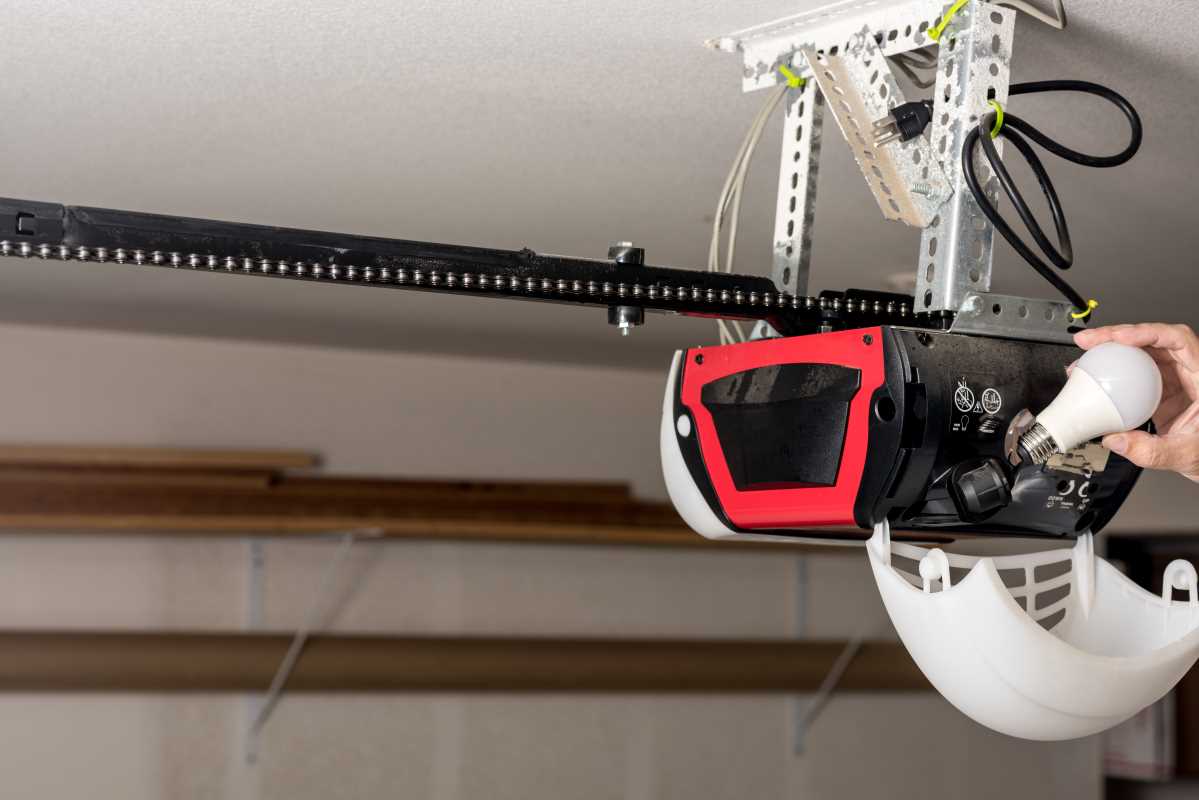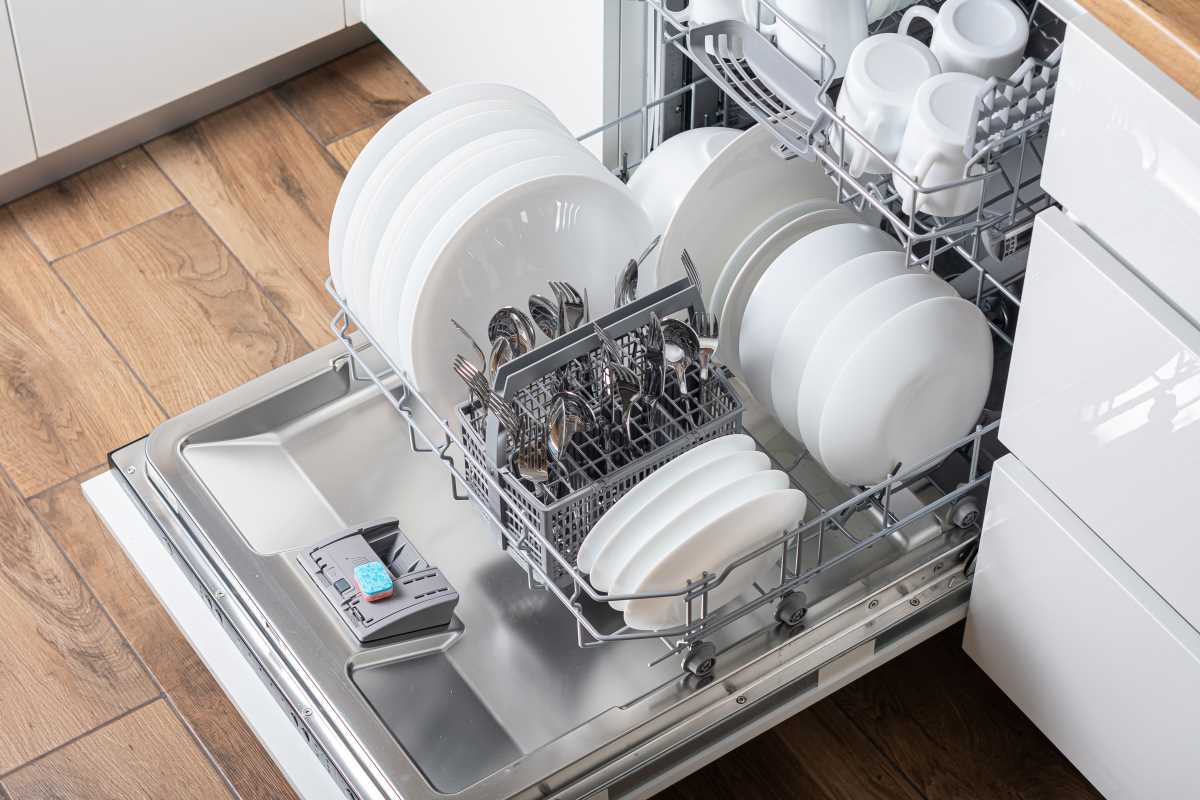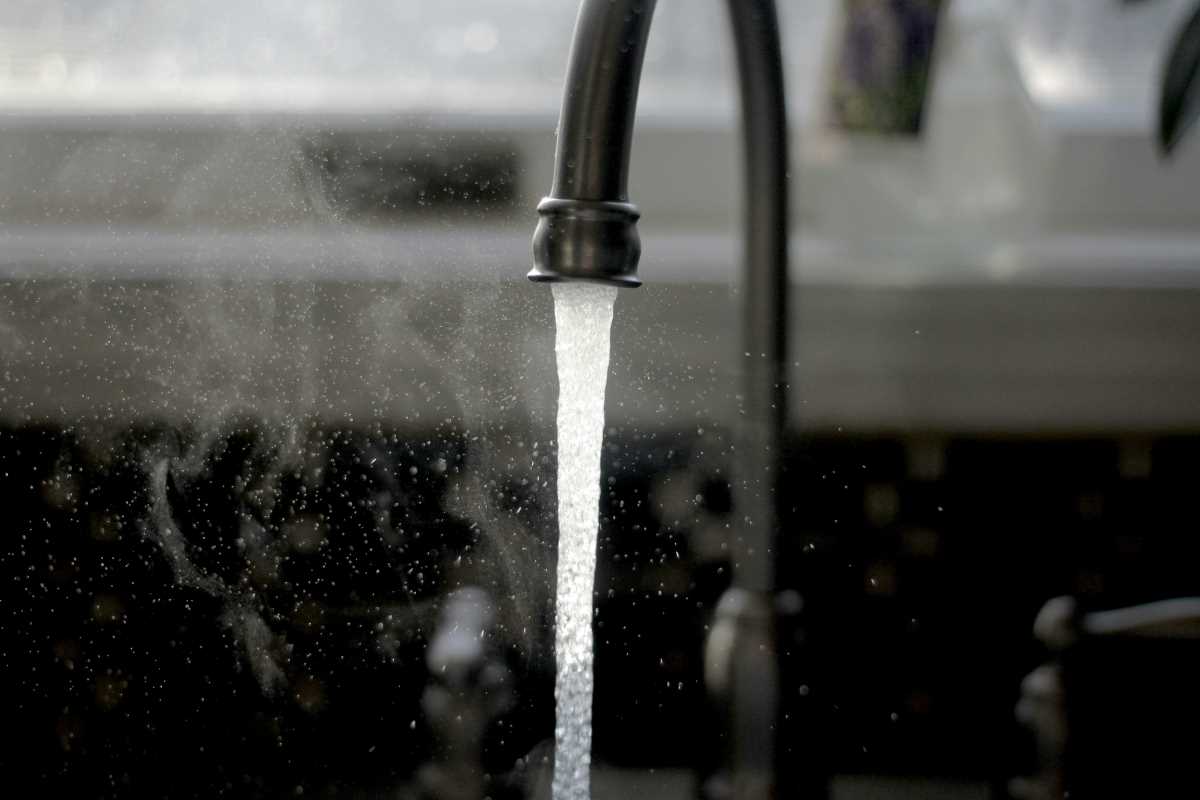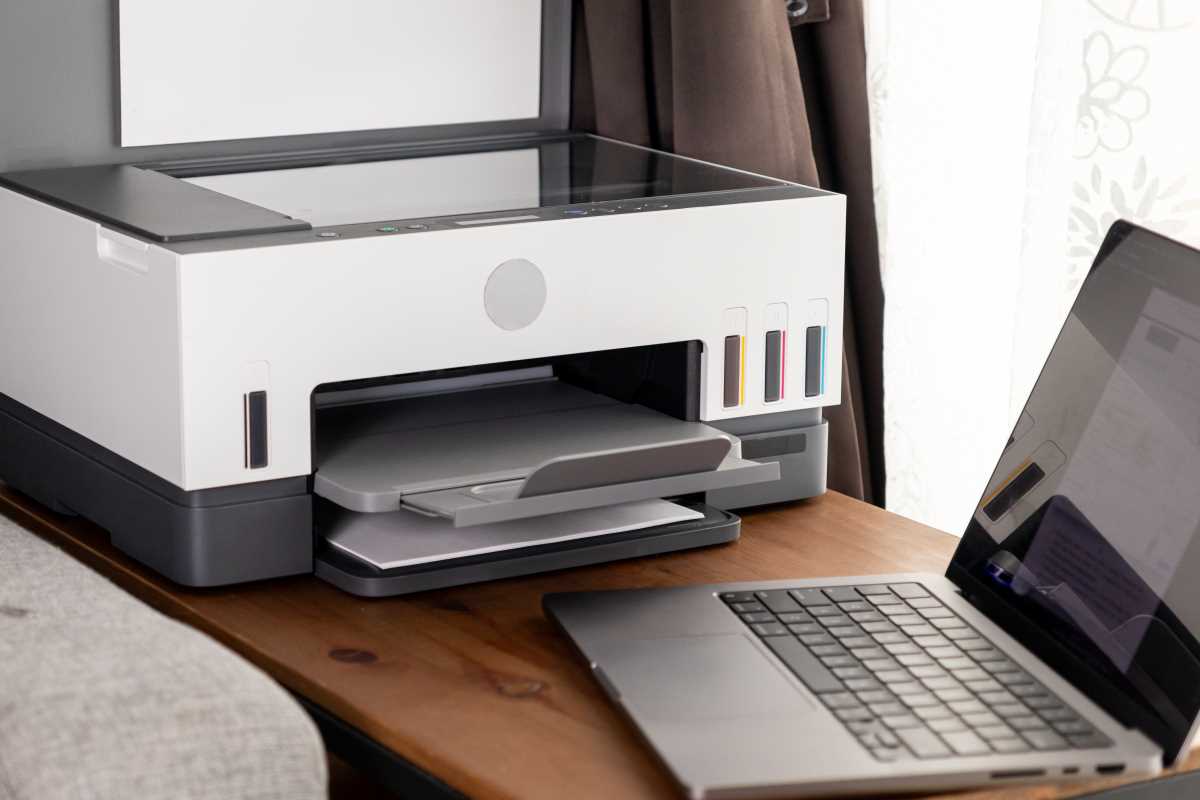A well-functioning garage door is an essential part of any home, offering convenience, security, and protection for vehicles and belongings. However, constant use and exposure to weather can lead to wear and tear over time. Without routine maintenance, garage doors can become noisy, inefficient, or even unsafe. Simple upkeep ensures that everything runs smoothly, extending the life of the door and avoiding expensive repairs. By staying ahead of common issues through regular care, a garage door can continue to operate reliably for years to come.
Inspect Components for Signs of Wear
Regular inspections are the foundation of garage door maintenance. Over time, parts like rollers, cables, and hinges can deteriorate or become loose, which affects the door’s functionality. Watching and listening for warning signs during operation is crucial for spotting issues early on. Noisy scraping, jerky movement, or visible rust are often indicators that attention is needed.
Begin by visually inspecting the springs and cables. Frayed cables or stretched-out springs may no longer provide the tension required for smooth lifting and closing. Check that rollers and hinges are one-piece with minimal wear, as damaged or rusty sections can disrupt movement. Identifying and addressing these signs early on prevents minor issues from escalating into major repairs that require professional assistance.
Lubricate Moving Parts for Quiet and Smooth Operation
A garage door's moving parts work together to lift and lower it multiple times a day. Proper lubrication reduces friction, prevents squeaking noises, and minimizes wear on these components. Over time, the absence of lubrication can strain the system, leading to premature failure.
To maintain smooth operation, use a high-quality silicone or lithium-based lubricant on specific areas like the rollers, door hinges, and tracks. Avoid greasing the track itself, as excess residue can attract dirt and debris, negatively impacting performance. Apply a small amount of lubricant to each component and wipe away excess to avoid a greasy buildup. Repeating this process at least twice a year is sufficient to keep parts moving freely and quietly.
Tighten Hardware for Reliable Functionality
Every time the garage door opens or closes, its hardware endures vibrations that can loosen screws, bolts, and brackets over time. Loose hardware compromises the system’s stability and may lead to uneven or unsafe operation.
Regularly checking the hardware ensures everything remains secure. Grab a wrench or socket set to tighten bolts on the tracks and brackets connected to the wall or ceiling. Examine the hinges and replace any that show clear signs of wear or cracks. Keeping the system tightly assembled helps maintain the door’s alignment and reduces strain on the motor and other components.
Test the Door’s Balance
A properly balanced garage door is key to its smooth and safe operation. Imbalanced doors can strain the opener, wear out components faster, and pose a safety hazard. Testing the door's balance ensures it operates as intended and doesn’t cause unnecessary stress on the opener motor.
To check the balance, disconnect the opener by pulling the release handle, then manually lift the door halfway up. If the door stays in place, it’s well-balanced, but if it falls or rises on its own, adjustments are needed. Spring adjustments should only be made by a professional, as the tension in springs poses significant safety risks.
Clean and Clear the Tracks
The tracks along which a garage door moves can accumulate dirt, debris, or small obstructions that interfere with its operation. These obstacles may not seem significant at first, but they can cause the door to move unevenly or become stuck over time.
To clean the tracks, use a damp cloth to wipe away dirt and debris. For stubborn grime, a gentle household cleaner helps remove buildup. Avoid using lubricants on the tracks, as they can create stickiness that affects the rollers’ movement. Ensuring the tracks remain aligned and clear of debris helps maintain smooth and reliable function.
Inspect and Replace Weatherstripping
The weatherstripping around the edges of the garage door serves as a barrier against dust, drafts, and moisture. Over time, this material can become brittle or cracked, reducing its effectiveness and leaving the garage susceptible to the elements.
Inspect the weatherstripping along the bottom and sides of the door, checking for any visible damage or gaps. Replacing worn-out weatherstripping is an inexpensive way to improve energy efficiency and protect the contents of the garage. Measure carefully to ensure the new stripping fits snugly, creating a secure seal.
Test the Safety Features
Modern garage doors are equipped with safety features like auto-reverse mechanisms and sensors to prevent accidents. These systems ensure that the door reverses direction if it encounters resistance or if something crosses its path while closing.
Test the auto-reverse feature by placing a block of wood or another small object in the door’s path, then closing it. If the door fails to reverse upon contact, the system needs servicing. Similarly, check the sensors on either side of the door for proper alignment and cleanliness. Dust or debris on the sensor lenses can interfere with their effectiveness, so wiping them regularly is important.







